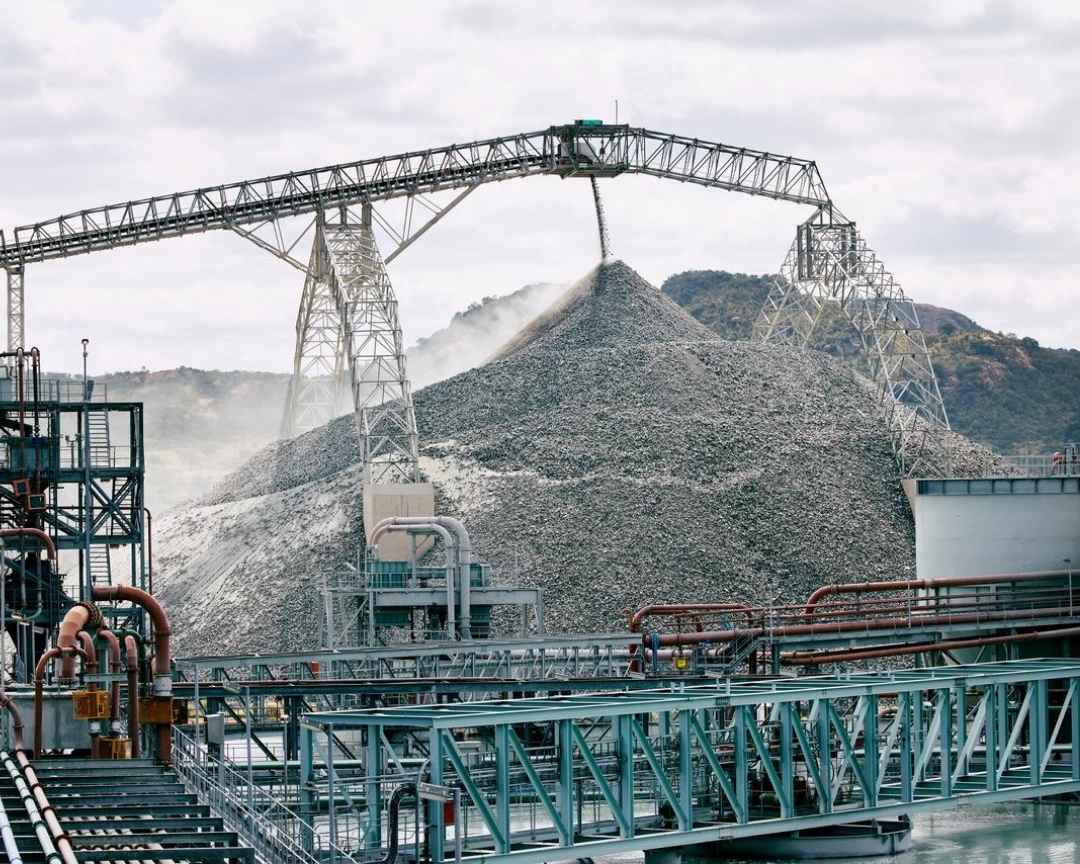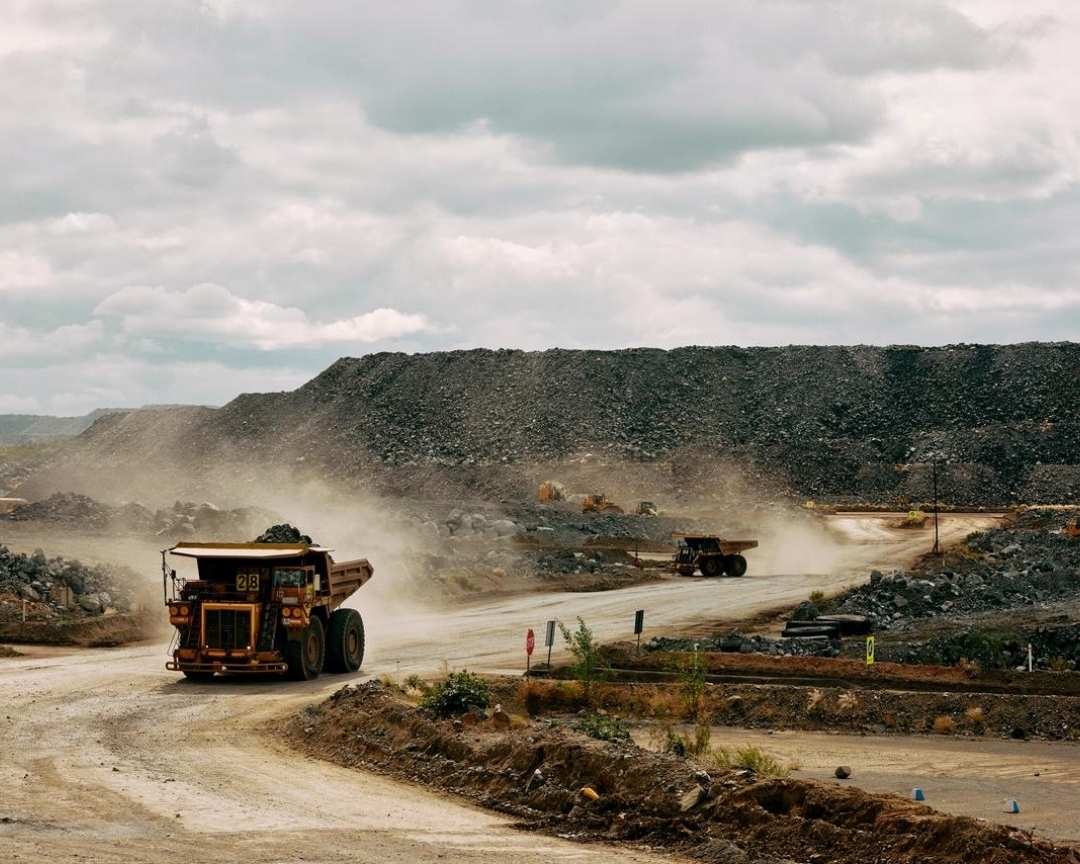The wear liner challenge
In the demanding world of mineral processing, equipment longevity (or lack thereof) can significantly impact operational efficiency and cost-effectiveness. Unfortunately, wear rates can be very high, particularly in the chutes and hoppers that carry bulk ores between processing steps. Wear panel selection plays a crucial role here: the right wear panels will enhance operational reliability and extend uptime, raising productivity, reducing maintenance time and costs, and improving sustainability.
Common practice involves bolted or welded wear liners/panels made of hard metal, heavy-duty rubber, or rubber-ceramic composites. Liner material selection depends on various factors, including ore time, drop height, material lump-size distribution, and impact angle, but each has limitations and drawbacks. Metallic wear liners are heavy, expensive, and challenging to work with, and their effectiveness is reduced in extreme temperatures. Ceramic wear liners are difficult to install and are prone to detach; they are also hard to cut and cannot be bent or formed.
Mineral processing plants are under pressure to process more ore to meet growing mineral demand, so any production loss due to wear liner replacement is an issue. Yet, replacing liners can often take an entire shift, putting the process flow on hold for hours and significantly impacting production. It may be required every one to two months and places maintenance personnel at risk. Lastly, manufacturing wear liners consumes raw materials and energy, and spent liners must be disposed of. Frequent replacement, thus, raises the environmental impact of mineral processing. It is easy to see why better wear-lining solutions were needed.
Answering this call, FLS developed two new wear panels for highly abrasive applications: FerroComb lightweight metallic liners for moderate impact applications and FerroCer composite liners for more severe impact applications.




